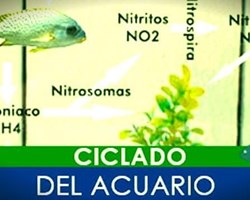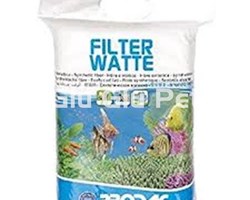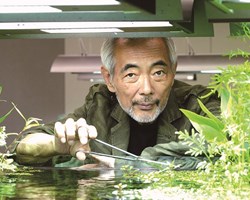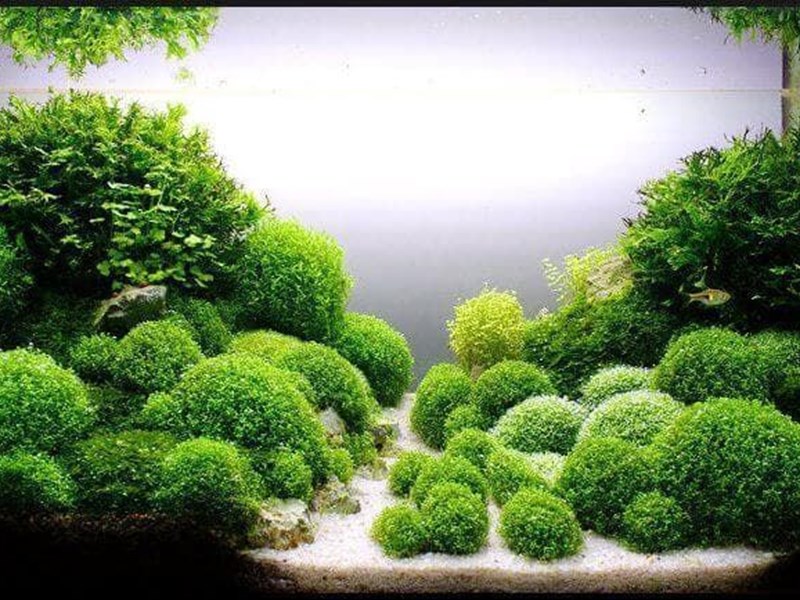
INDEX:
1.- EVERYTHING YOU NEED TO KNOW TO KEEP COVERING AQUARIUM PLANTS.
2.- UPHOLSTERY PLANTS TO BE ABLE TO ASSEMBLE YOUR OWN AQUASCAPE.
2.1.- HEMIANTHUS CALLITRICHOIDES.
2.2.- MARSILEA HIRSUTE.
2.3.- RICCIA FLUITANS.
2.4.- ELEOCHARIS ACICULARIS.
2.5.- MICRANTHEMUM TWEEDIEI OR "MONTECARLO".
2.6.- UTRICULARIA GRAMINIOLIA.
2.7.- BACOPA AUSTRALIS.
2.8.- GLOSSOSTIGMA ELATINOIDS.
3.- THESE ARE THE BACKGROUND PLANTS FOR AQUARIUM THAT ARE RECOMMENDED TO BEGIN.
1.- EVERYTHING YOU NEED TO KNOW TO MAINTAIN BACKGROUND AQUARIUM PLANTS:
There are really no easy groundcover plants.
There are carpets that are easier to maintain than others, but in general you will need your aquarium to meet certain requirements:
- Good lighting.
- You will need a lamp preferably with LEDs or HQI that provide around 1 watt/liter.
- CO2.
Aquarium ground plants can be kept without CO2, but they will grow more slowly and less compactly.
It is always preferable to have a good CO2 system.
Liquid or pill fertilizer.
Most aquarium ground plants will need regular supplies of nitrates, phosphates and iron.
You can provide these elements either through liquid or powder fertilizer, directly in the water column, or in tablets that are buried in the substrate.
Nutrient substrate: The nutritious substrate is almost essential for practically all species of aquarium ground plants.
2.- COVER PLANTS TO BE ABLE TO SET UP YOUR OWN AQUASCAPE:
2.1.- HEMIANTHUS CALLITRICHOIDES:
Common Name: Cuba
Origin: South America.
Description: H. callitrichoides is perhaps the most popular ground cover plant in aquascaping due to its fine and stylized appearance. It has small leaves (just a few mm) with a splendid green color.
It takes time to adapt to a totally submerged environment, but using a good supply of CO2, a nutritious substrate and adequate lighting, the Cuba will grow rapidly covering the entire aquarium in a few weeks. Even so, it is recommended not to mix it with other ground species of greater size and growth, because it will not be able to expand.
Some aquarists grow the emerged Cuba and, once it has formed the tapestry, they fill the aquarium. This method is called DSM.
It needs fine-grained substrates (since it has small roots) and enriched with iron. If you do not have a nutritious substrate, you can also pay with iron tablets.
When planting it you must carefully remove the rock wool from between the roots. You can prune it forming mounds and plains.
Maximum height: 3 to 15 cm, depending on lighting. If it is insufficient, the plant will grow in height looking for light and will not form a tapestry.
Growth rate: Medium.
Optimal parameters: pH between 5.5 and 7.5.
Aquarium area: Front or middle.
Lighting: High. Between 0.8 and 1 watt/litre.
Temperature: 20 to 28ºC.
Reproduction: Stem cuttings and stolons.
Difficulty: Medium/High. It needs fertilization with CO2 and high lighting, in addition to an iron-rich substrate. It is sensitive to variations in the parameters of the aquarium and prone to the appearance of algae. It is recommended to use prawns or flying foxes to clean the leaves.
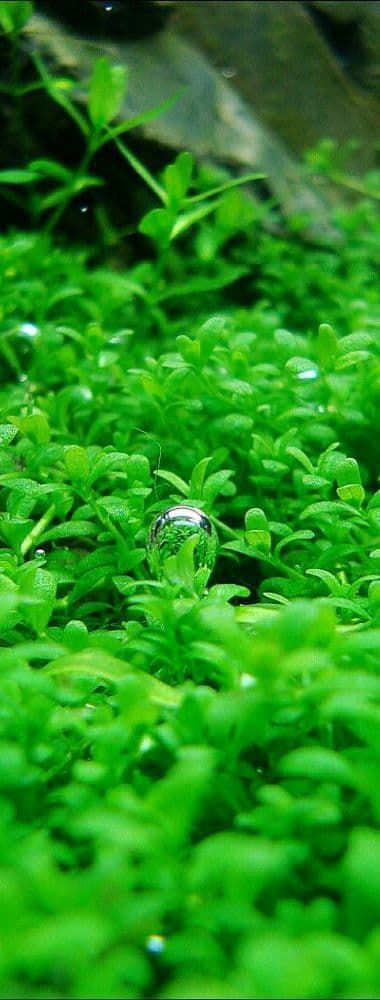
2.2.- MARSILEA HIRSUTE:
Common name: water clover.
Origin: Australia.
Description: Another of the aquarium groundcover plants that you can use as a "field of clover". It will spread across the bottom of the aquarium, forming a green blanket (with leaves a little darker and larger than Cuba) that is perfect for the front of the tank.
Adapts to a wide range of temperatures and water conditions.
Requires CO2 fertilization.
This groundcover plant is not always available, and is somewhat difficult to find. There are two similar and more common varieties: M. drummondi and M. crenata.
Maximum height: +5cm
Growth Rate: Moderate
Optimum parameters: pH from 6 to 7. gH from 6 to 20ºd.
Aquarium area: Front or middle.
Lighting: High. In low light it will produce larger leaves and grow tall, with a 4 leaf clover shape. With good lighting it will remain attached to the background and produce small leaves, with a more aesthetic effect.
Temperature: 22 to 28ºC.
Reproduction: Stolons.
Difficulty: Medium.
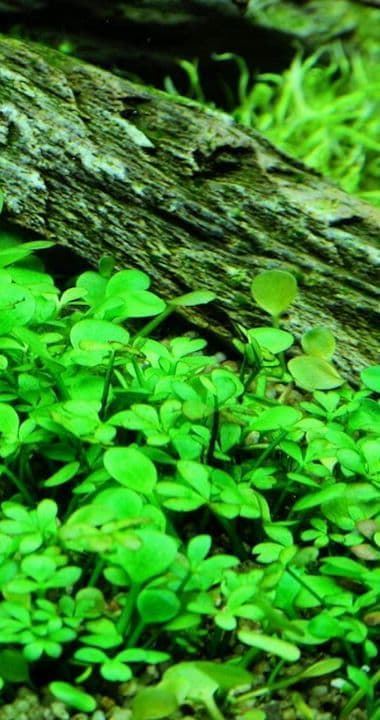
2.3.- RICCIA FLUITANS:
Common name: Riccia or glass grass.
Origin: All over the world.
Description: They are floating plants that can be used as easy aquarium groundcovers. The advantage is that this species does not need a substrate, and can be tied with thread, string or similar to some decorative element in the aquarium (rocks/trunks), from where it will expand and form plant mantles.
To achieve the desired shape, Riccia can be pruned in a variety of ways. There are aquarists who form vegetable mountains, meadows, or even imitate the tops of trees by placing the plant at the ends of a trunk.
They are resistant plants, suitable for beginners, that do not need very special conditions to grow. Without fertilizer or CO2 and with lighting of at least 0.8 watts per liter you will achieve good results.
Although a contribution of CO2 always significantly improves its appearance and speeds up its expansion.
Maximum height: -
Growth Rate: Moderate
Optimal parameters: pH from 5.5 to 7.5. It adapts to soft and hard waters.
Aquarium area: Floating. On stones and logs.
Lighting: Medium or high.
Temperature: 15 to 30ºC.
Reproduction: Division.
Difficulty: Medium.
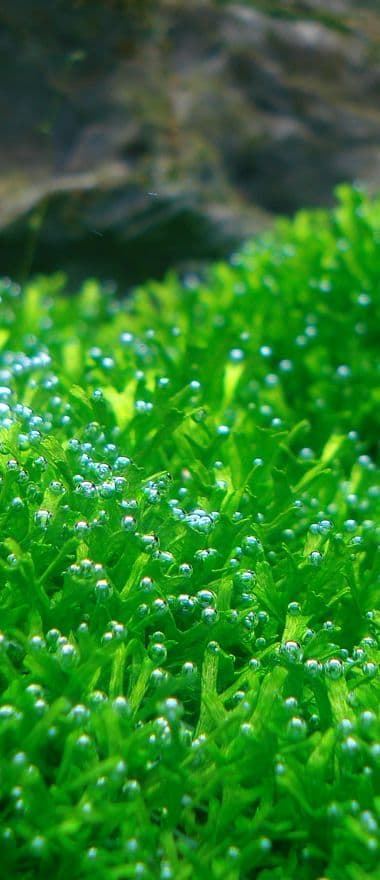
2.4.- ELEOCHARIS ACICULARIS:
Common name: Aquarium grass.
Origin: All over the world.
Description: They are aquarium groundcover plants with thin, pointed leaves that can reach great heights.
With regular pruning we can control its height and get it to expand through the substrate, forming a tapestry similar to wild grass. The effect in any aquarium is spectacular!
They require fine substrates rich in iron and nitrate and potassium fertilizer. It is recommended, although not essential, the contribution of CO2.
It is very important that it is kept in clean water without debris or suspended particles. The leaves of E. acicularis are so fine that they will pick up all the particles, and will be prone to clogging. In these cases their growth may be affected.
The different bushes should be planted 4 to 5 cm apart from each other.
There is a very similar species, Eleocharis parvula, with a similar shape but much lower.
Growth rate: Medium.
Optimal parameters: pH from 5.5 to 7.5. It adapts to waters with a hardness of 6 to 13ºd.
Aquarium area: Front or middle.
Lighting: High.
Temperature: 18 to 28ºC.
Reproduction: Stolons.
Difficulty: Medium.
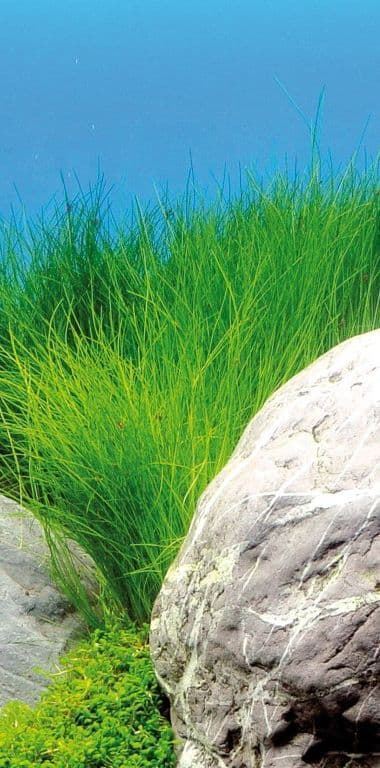
2.5.- MICRATHENUM TWEEDIEI OR "MONTECARLO":
Common name: Montecarlo.
Origin: South America, Argentina.
Description: Very similar to Cuba (undoubtedly the quintessential aquarium groundcover) in appearance, but with somewhat lower requirements.
The monte carlo surprises with its small bright green leaves, which give any planted aquarium "the touch".
This is one of your best options if you don't have CO2 in the tank (although, as always, a supply of CO2 is preferable so that it grows as compact as possible).
You can grow it even if you don't have lighting worthy of a football field (as is the case with H. callitrichoides).
An upholstery similar to Cuba and less demanding? You can not ask for more.
But remember that its appearance will be much better with good lighting, CO2, nutrient intake, etc.
Maximum height: 5-10 cm.
Growth rate: Fast in good conditions.
Optimal parameters: pH from 5 to 7.5.
Aquarium area: Front or middle.
Lighting: Preferably high.
Temperature: 24 to 28ºC.
Reproduction: Stolons.
Difficulty: Medium.
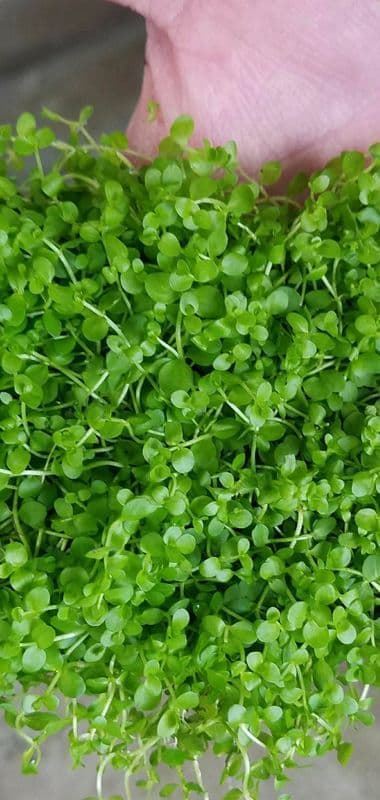
2.6.- UTRICULARIA GRAMINIOLIA:
Common name: Carnivorous plant for aquarium.
Origin: Southeast Asia.
Description: One of the most interesting aquarium groundcover plants on the market today. Why? Because it is a carnivorous plant, which acquires the phosphorus and nitrogen it needs from small invertebrates.
Don't worry, you can keep shrimp, snails and fish in the same aquarium as Utricularia graminifolia without any problem, as it won't harm them.
It is a plant very similar to common grass, and can create an even more impressive effect in the aquarium than other grass-type groundcovers such as Eleocharis sp.
It requires good lighting, contributions of iron, nitrogen and phosphorus. CO2 is not essential, but it is recommended if you want the plant to take less time to expand and form a meadow.
Using a nutritious substrate is also recommended, but not required.
It is very important to keep in mind that the plant has a long adaptation time to the aquarium (at least one month) in which it will not expand. At this time the plant is very susceptible to algae attack, so you will have to do continuous siphoning to keep them clean and healthy.
Once it starts to spread, the plant is unstoppable.
Maximum height: 5-10 cm.
Growth rate: Fast once it has adapted.
Optimal parameters: pH from 5.5 to 7. gH of 10ºd.
Aquarium area: Front or middle.
Lighting: High. Minimum of 0.7 watts/litre, but preferably around 1 watt/litre.
Temperature: 16 to 28ºC.
Reproduction: Cuttings.
Difficulty: Medium.
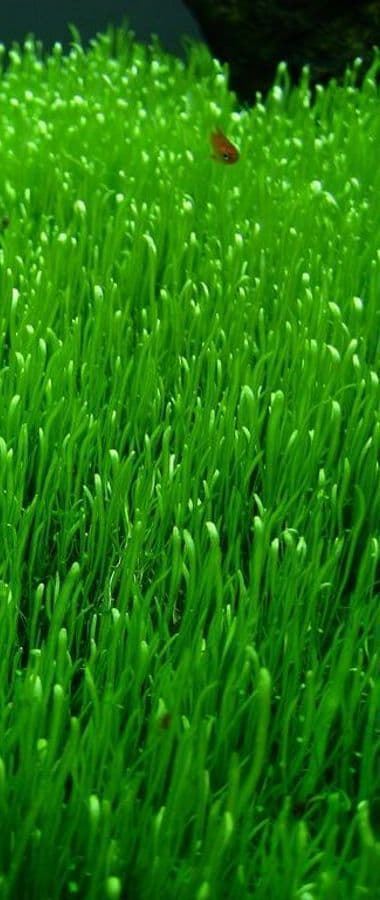
2.7.- BACOPA AUSTRALIS:
Common name: Bacopa australis.
Origin: Brazil.
Description: Shrub-like aquatic plant that can, under given conditions, expand to form a plant cover.
For this, it must be offered a sufficient amount of light and CO2, with which it will grow compact and attached to the ground. Its leaves will acquire a reddish color.
You can keep Bacopa australis in low light conditions, but the growth will be vertical instead of horizontal and you won't get that carpet effect. In addition, it is convenient that you do regular pruning.
In general, it is a resistant plant that does not need large amounts of nutrients, or CO2, or a nutritious substrate. But I emphasize the importance of providing these elements to achieve the desired upholstery effect.
General fertilizer for plants or slow-dissolving fertilizers will suffice.
It is recommended to use compact, fine-grained substrates, where Bacopa takes root easily.
Together, they are easy groundcover plants.
Maximum height: 10-25 cm. Subject to regular pruning to maintain the desired height. Provide a good amount of light so that the plant grows close to the ground and compact.
Growth rate: Fast.
Optimal parameters: pH from 5.5 to 8 and gH from 6 to 13ºd. Preferably hard waters.
Aquarium area: Front or middle.
Lighting: Medium. About 0.5 watts/liter.
Temperature: 15 to 32ºC.
Reproduction: Cuttings.
Difficulty: Low/Medium.
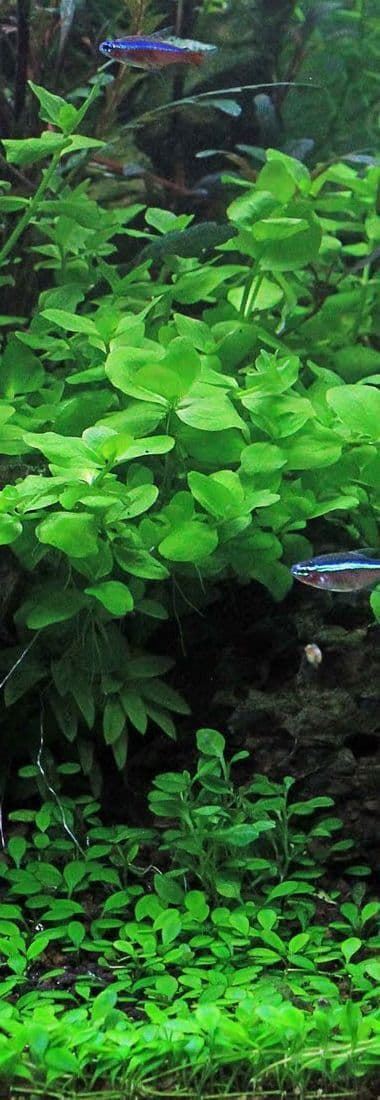
2.8.- GLOSSOSTIGMA ELATINOIDS:
Common name: Glossostigma elatinoides.
Origin: Australia and New Zealand.
Description: They are groundcover aquarium plants widely used in Japanese styles.
They form clover-like meadows, but with a more "wild" and messy appearance than that of Cuba or Marsilea hirsuta. They show broader leaves and less compact growth, but can perfectly line the bottom of the aquarium.
It is a perfect species for jungle or Dutch style aquascapes, as it gives a point of chaotic aesthetics that characterizes them.
Glossostigma elatinoides is a nutrient devourer (iron, phosphate, nitrate...), so it will need regular supplies through water.
It also requires a nutritious substrate and a supply of CO2.
It should be pruned to achieve a horizontal shape and to encourage growth.
Maximum height: 15-20 cm, depending on light conditions. Low light = vertical growth.
Growth rate: Fast.
Optimal parameters: pH from 5.5 to 7 and gH from 4 to 8ºd. Nitrates and phosphates in normal values, without excesses.
Aquarium area: Front or middle.
Lighting: High. 1 watt/liter. With low lighting it will grow vertically and we will not obtain the upholstery effect.
Temperature: 15 to 26ºC.
Reproduction: Stolons, cuttings...
Difficulty: High.
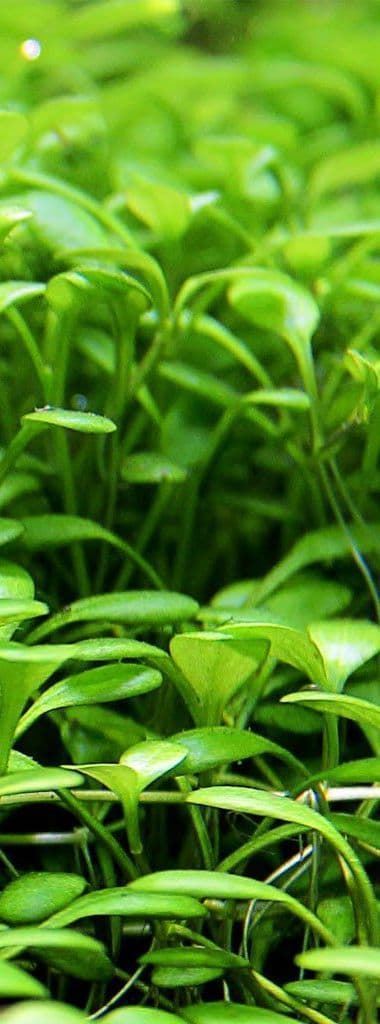
3.- THESE ARE THE BACKGROUND PLANTS FOR AQUARIUM THAT ARE RECOMMENDED TO START:
Bacopa australis, Riccia fluitans or any of the genus Eleocharis sp. They are good to start with, as they have somewhat lower requirements than the rest.
However, you have to bear in mind that most ground cover plants will need good light, CO2 and nutrients to form the vegetable mantles we are looking for.
Otherwise, they will grow upright, weak, and dull in color.
When we use species baskets, it is not just about getting them to "survive" in the aquarium, but also about developing their full potential of color and shape.
Other articles that may interest you:
- Diseases of the Drunken Fish.
- Varieties of the Pez Borrachito.
- The Lemon Tetra is one of the most beautiful fish for a community aquarium.
- Chinese neon or White Cloud Mountain fish, named for its place of origin in southern China.
- Black neon tetra.
- Neon Tetra or Neon Innesi, is a warm and fresh water fish.
- drunk fish.
- The best care of the Tetra nun.
- Aquarium maintenance.
- What do you need to have your first aquarium.
- The best tropical freshwater fish recommended for beginners.
- The best aquarium plants for beginners that you should know.
- The best plants for cold water aquariums.
- The best substrates for a planted aquarium.
- Aquascaping for beginners.

